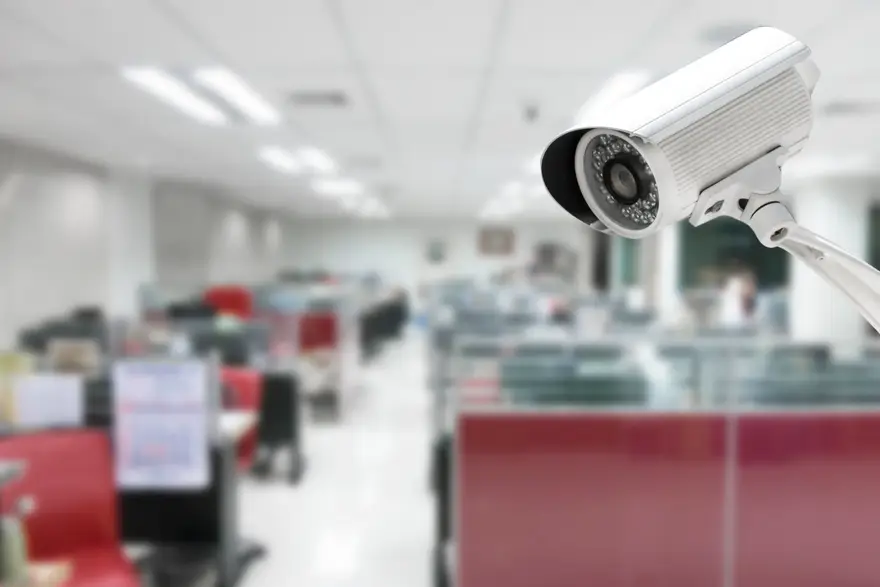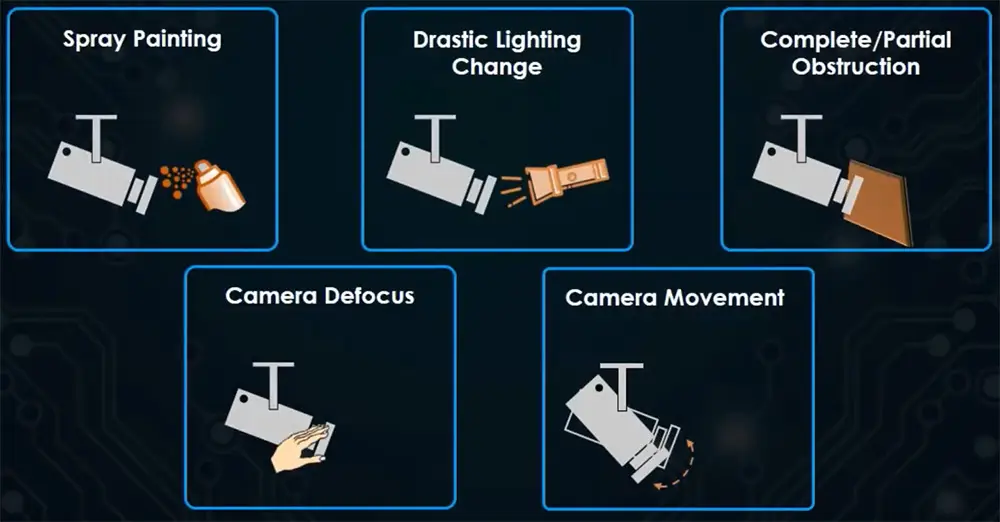Security surveillance cameras play a crucial role in safeguarding homes, businesses, and public spaces by providing continuous monitoring and deterrence against criminal activities. However, like any electronic device, surveillance camera systems are susceptible to various technical issues that can compromise their effectiveness. Understanding these common system problems is essential for ensuring the reliability and functionality of surveillance camera systems.
1. Connectivity Issues:
One of the most common problems encountered with security surveillance cameras is connectivity issues. This can manifest in various forms, such as intermittent or unstable connections to the network or the central monitoring system. Connectivity issues may arise due to faulty cables, Wi-Fi interference, or network configuration problems. Inadequate signal strength or distance from the router can also impact the camera’s ability to maintain a stable connection. Addressing connectivity issues often involves troubleshooting the network infrastructure, checking cable connections, and optimizing the camera’s placement for better signal reception.
2. Image Quality Degradation in Surveillance Camera:

Another prevalent issue with surveillance camera systems is image quality degradation over time. This can occur due to factors such as dirt, dust, or debris accumulating on the camera lens, leading to blurred or distorted images. Additionally, environmental factors like harsh weather conditions or exposure to direct sunlight can degrade image quality and affect camera performance. Regular maintenance, including cleaning the camera lens and housing, is essential for preserving image clarity and ensuring optimal performance. In some cases, upgrading to cameras with higher resolution or advanced image processing capabilities may be necessary to maintain image quality in challenging environments.
3. Surveillance Camera Power Supply Problems:
Power supply issues are also common sources of trouble for security surveillance camera systems. Cameras may fail to power on or experience intermittent power interruptions due to faulty power adapters, damaged cables, or inadequate power supply capacity. Power surges or fluctuations can also damage camera components and lead to system malfunctions. Implementing surge protectors, using high-quality power adapters, and ensuring proper electrical wiring can help mitigate power-related problems and enhance system reliability.
4. Software and Firmware Issues:
Software and firmware issues can affect the functionality and performance of surveillance camera systems. This includes problems like camera firmware bugs, compatibility issues with the central monitoring software, or outdated firmware versions lacking essential security patches. Regularly updating camera firmware and central monitoring software is crucial for addressing known vulnerabilities, improving system stability, and adding new features. Additionally, ensuring compatibility between different components of the surveillance system, such as cameras, recorders, and monitoring software, is essential for seamless operation.
5. Tampering and Vandalism:

Security surveillance cameras are often targeted by vandals or intruders seeking to disable or damage them to evade detection. Physical tampering, such as covering or obstructing the camera lens, cutting cables, or attempting to forcibly remove the camera from its mounting, can compromise the effectiveness of the surveillance system. Implementing tamper-resistant camera enclosures, installing cameras in strategic locations out of reach, and using tamper detection features can help deter vandalism and ensure the integrity of the surveillance system.
In conclusion, while security surveillance cameras are invaluable tools for enhancing safety and security, they are not immune to technical problems. Understanding the common system issues outlined above and implementing proactive measures to address them is essential for maintaining the reliability and effectiveness of surveillance camera systems. Regular maintenance, proper installation, firmware updates, and vigilant monitoring are key practices for ensuring optimal performance and maximizing the benefits of security surveillance technology.

